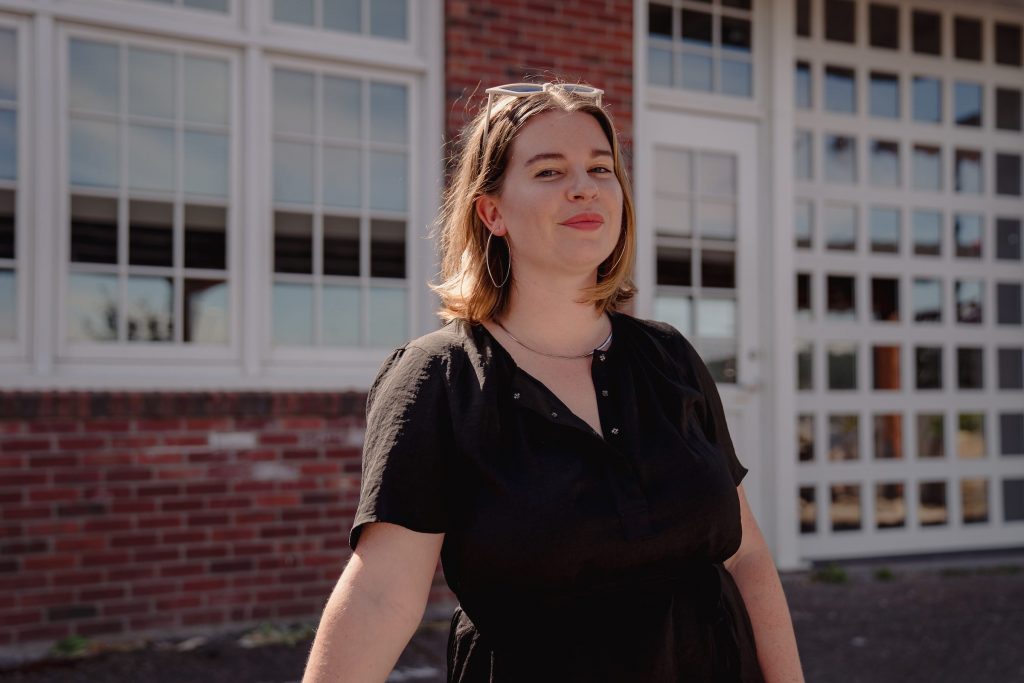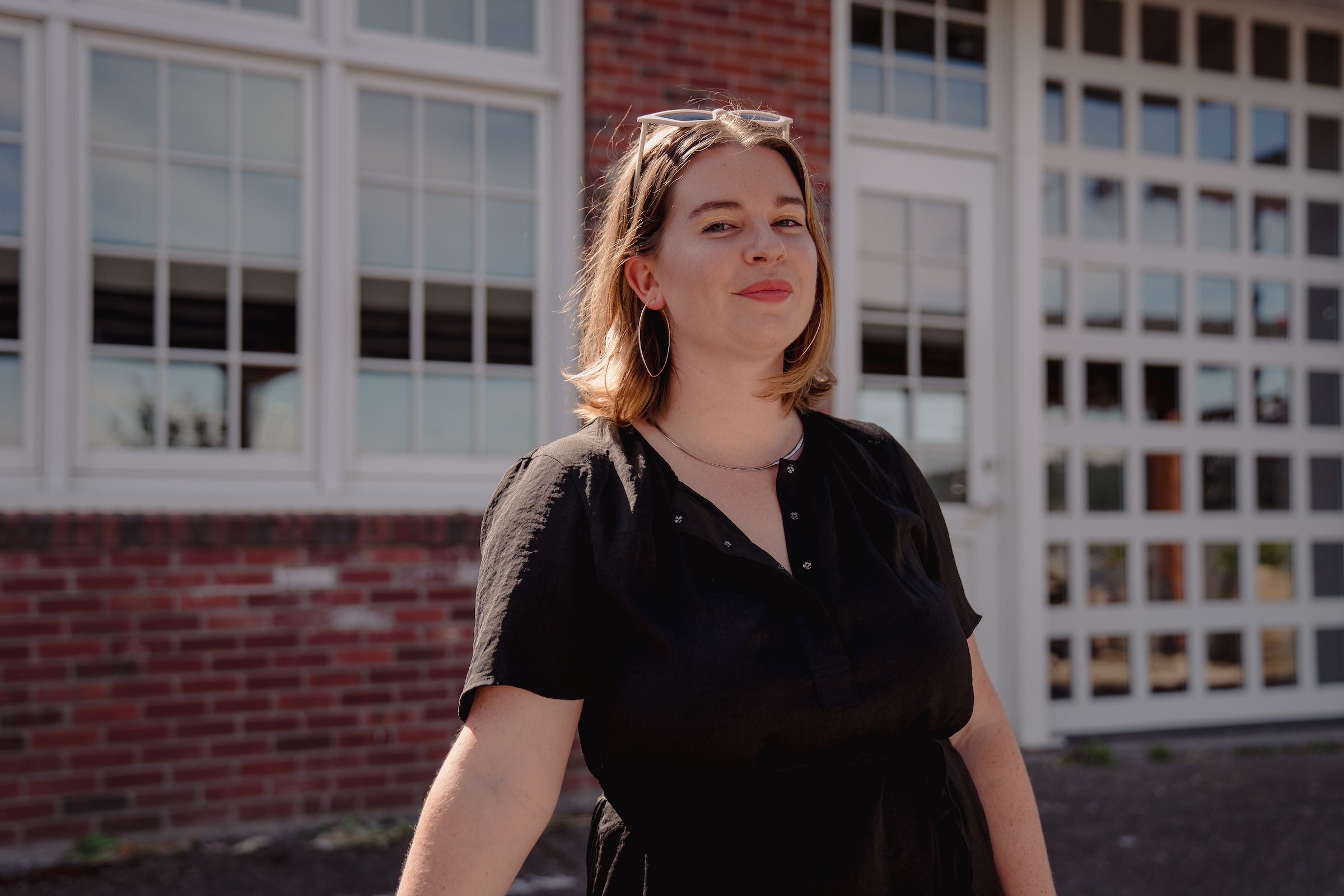
Jovelle Tamayo for Insider

This article is part of our Life With Intention series about high achievers who exemplify intentional living.
Money was never a taboo subject for 26-year-old financial coach Tori Dunlap. But it didn't take her long to realize not everyone had the same learning curve, especially other women and marginalized groups.
"We'll talk about sex, we'll talk about politics, we'll talk about religion, we'll talk about pretty much anything before we'll talk about money," said Dunlap, who recently started a podcast called Financial Feminist. "The patriarchy has told us that money is taboo, but that's a narrative perpetuated by racist, sexist, ableist systems that profit off of inaction."
She said marginalized groups have to manage money differently. "Unfortunately, we're just expected to 'know how to make money,' but these things impact us in a way that they don't for straight white men," she added.
Talking about money and financial education is a form of protest for women and marginalized groups.
That's what helped spark her current seven-figure company, Her First 100K, which embraced financial feminism to extinguish inequality through coaching and resources. "Talking about money and financial education is a form of protest for women and marginalized groups," Dunlap said.
Her journey to financial independence began when she was a 21-year-old college graduate who became disillusioned with corporate work. "I wanted to go into corporate marketing, work my way up, and maybe be VP by 30," she said. "Two weeks into my corporate job I was, like, 'Nope!'"
Dunlap soon decided to save $100,000 by the time she was 25, and she chronicled it on a blog that would eventually become "Her First 100K." She told Insider that she followed four steps to reach her goal - dubbed The Financial Game Plan - and it's the same steps that have helped her growing online community of women.
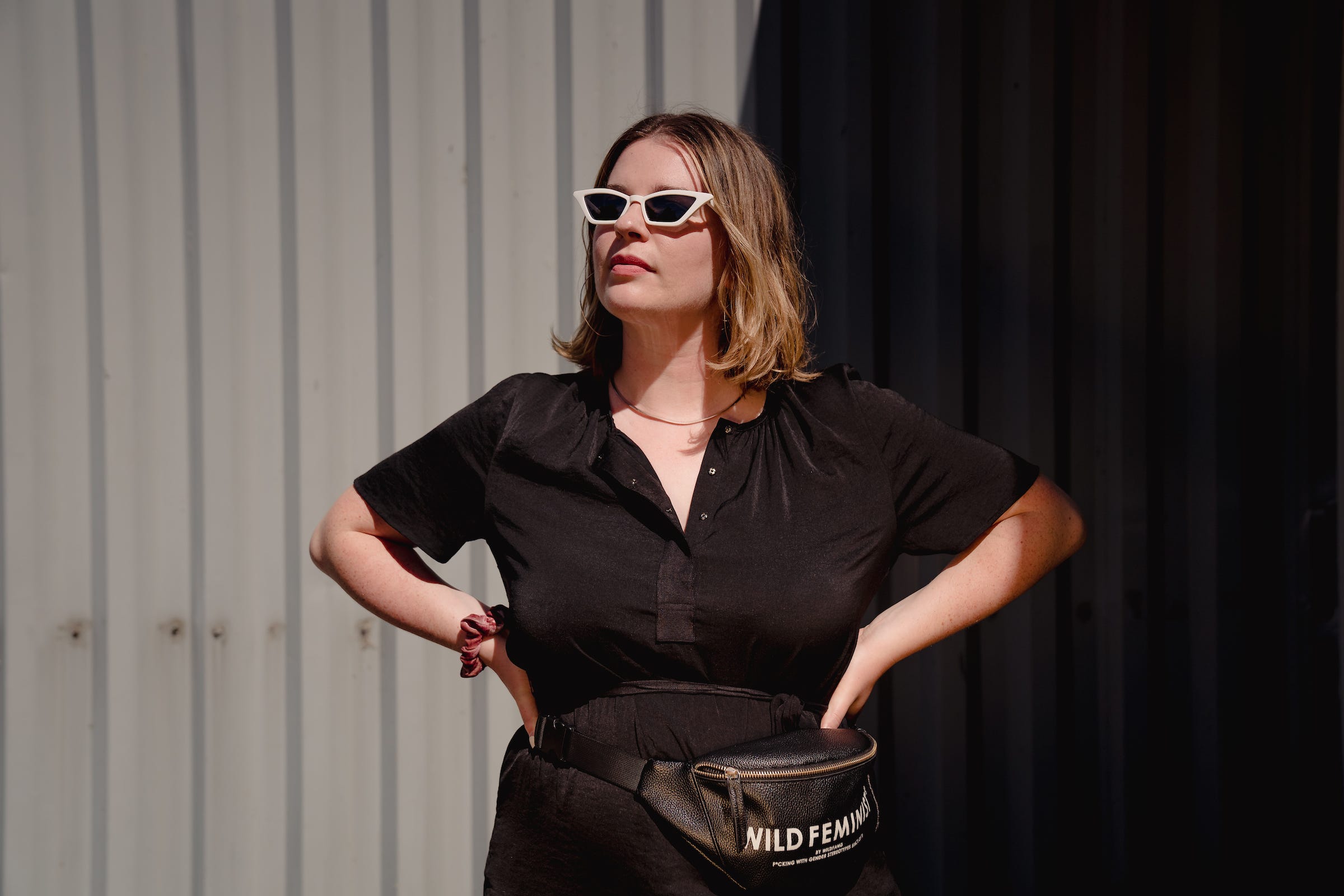
Jovelle Tamayo for Insider
Step 1: Automate your savings account and create an emergency fund
According to Dunlap, the first thing people wanting to save should do is automate their savings account. "You simply set up an automatic transfer either from your checking account to your savings account," she said, noting that many companies allow employees to do this from a payroll platform.
"We do this for a couple of reasons," she said. "One, it's happening completely on auto-pilot. You don't have to think about it. You don't have to transfer your money into savings."
"Two, you're doing what's called paying yourself first. Meaning that before you've even paid rent or before you've bought your groceries, you are paying yourself. You are your first bill."
Dunlap said people should also create an emergency fund once they start saving. Emergency funds are a cushion for when an unexpected life event throws your finances into disarray. "You want at least three months of living expenses in a high-yield savings account," she said.
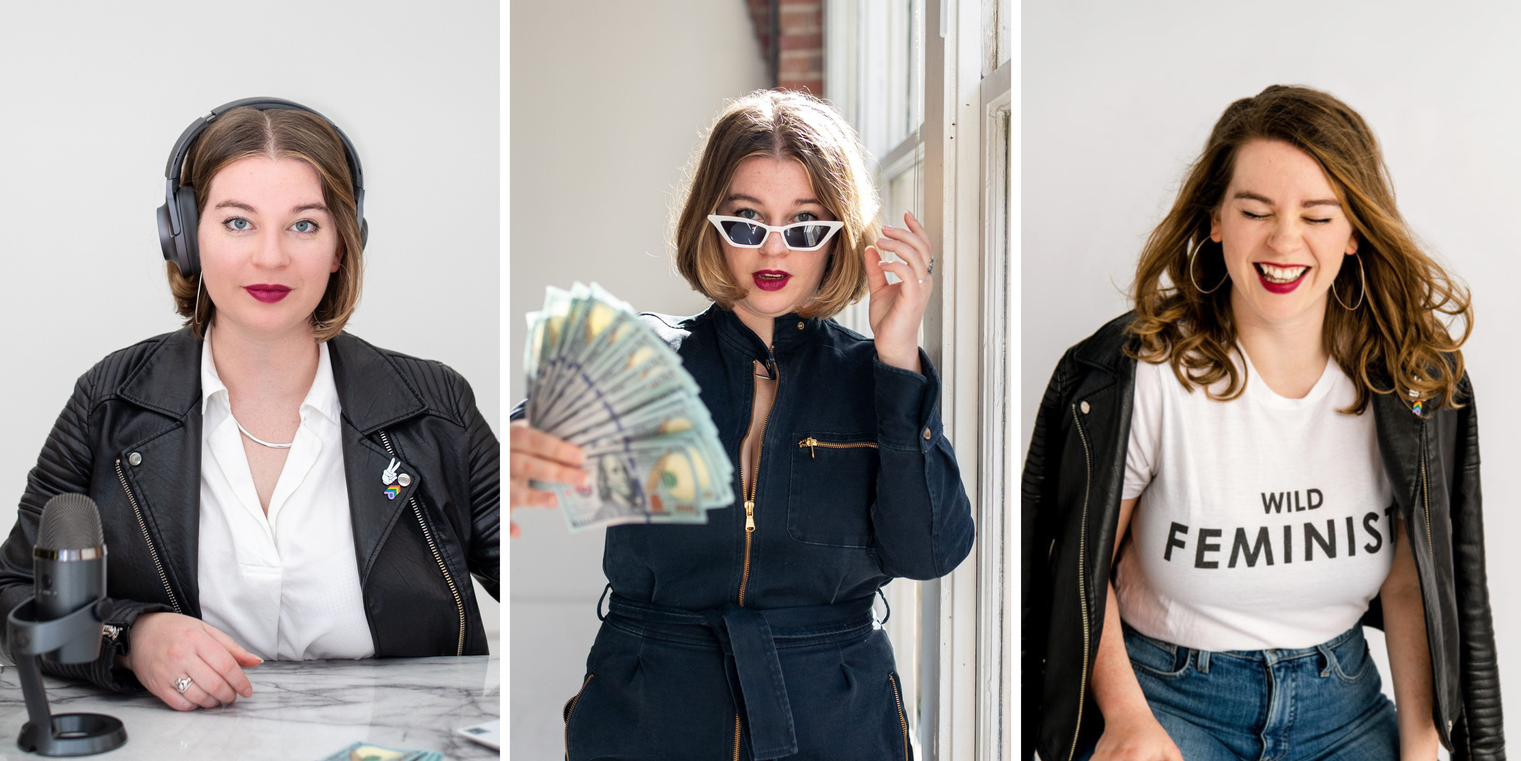
Courtesy of Tori Dunlap
Step 2: Begin paying off personal high-interest debt like credit cards
As people begin to save money, Dunlap said they should also start to pay off personal high-interest debt, including credit cards. "That's the most expensive debt people most likely have," she said.
In a May episode of her podcast, she broke down the process, saying that people with multiple credit cards should pay off the highest debt first. "I have a lot of clients who when they first come to me they go, 'OK, well, I'll put $15 a month extra toward credit card No. 1 and $15 extra to credit card No. 2,'" Dunlap said. "I would rather you just take that 30 extra dollars a month and put it toward the most expensive credit card.
"Focus on the one that's costing you the most money and prioritize paying that one down first."
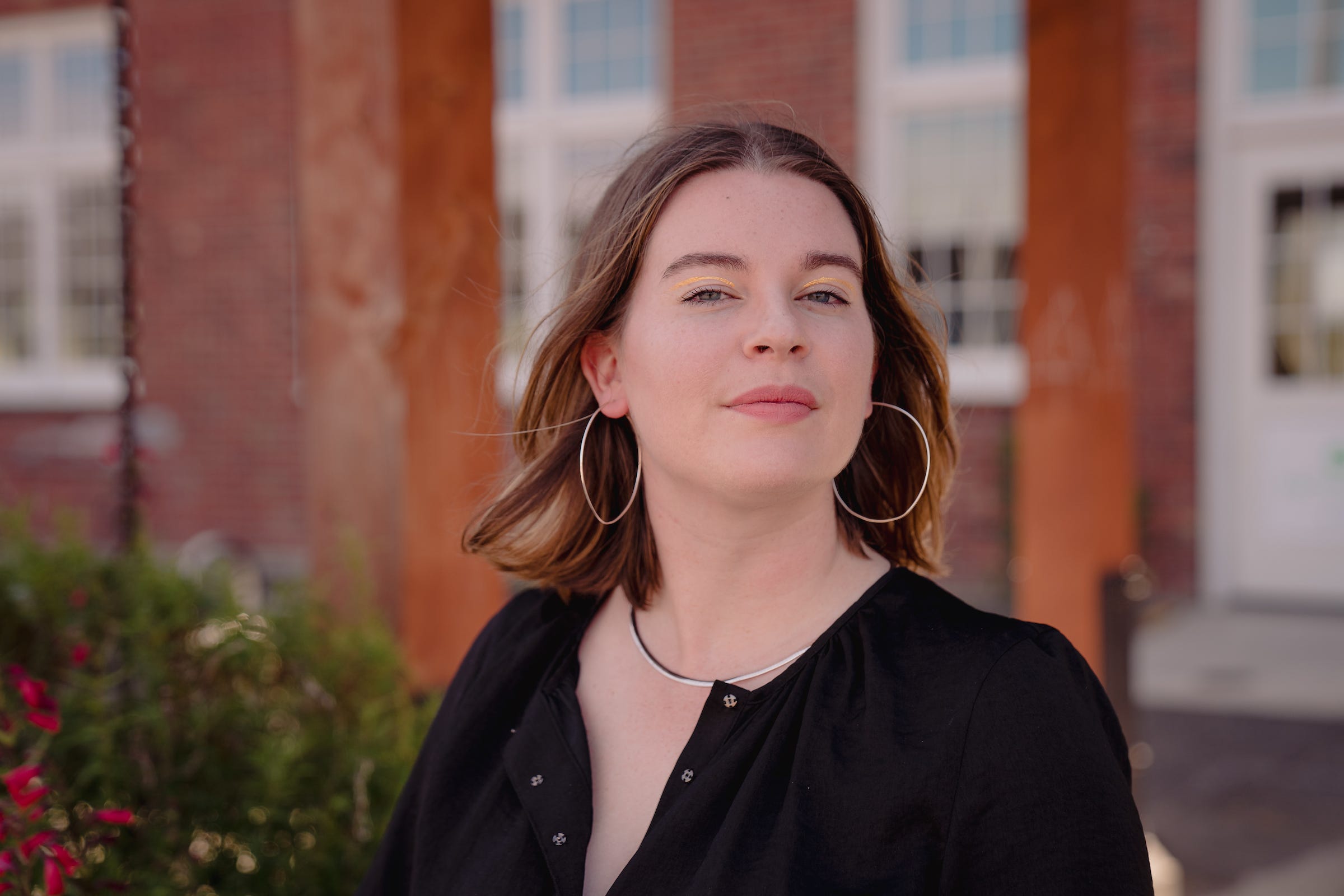
Jovelle Tamayo for Insider
Step 3: Invest in your retirement through a Roth IRA and 401(k)
The race to retirement can be a tricky one, so after the emergency fund is done and you've started paying off your credit cards, you want to start saving for retirement, Dunlap said. She suggested that people prioritize investing through a 401K or a Roth IRA in tandem with paying down your lower interest debt like student loans, mortgages, and car loans.
In a viral TikTok, she said she's already on track to have $6 million saved up by the time she retires.
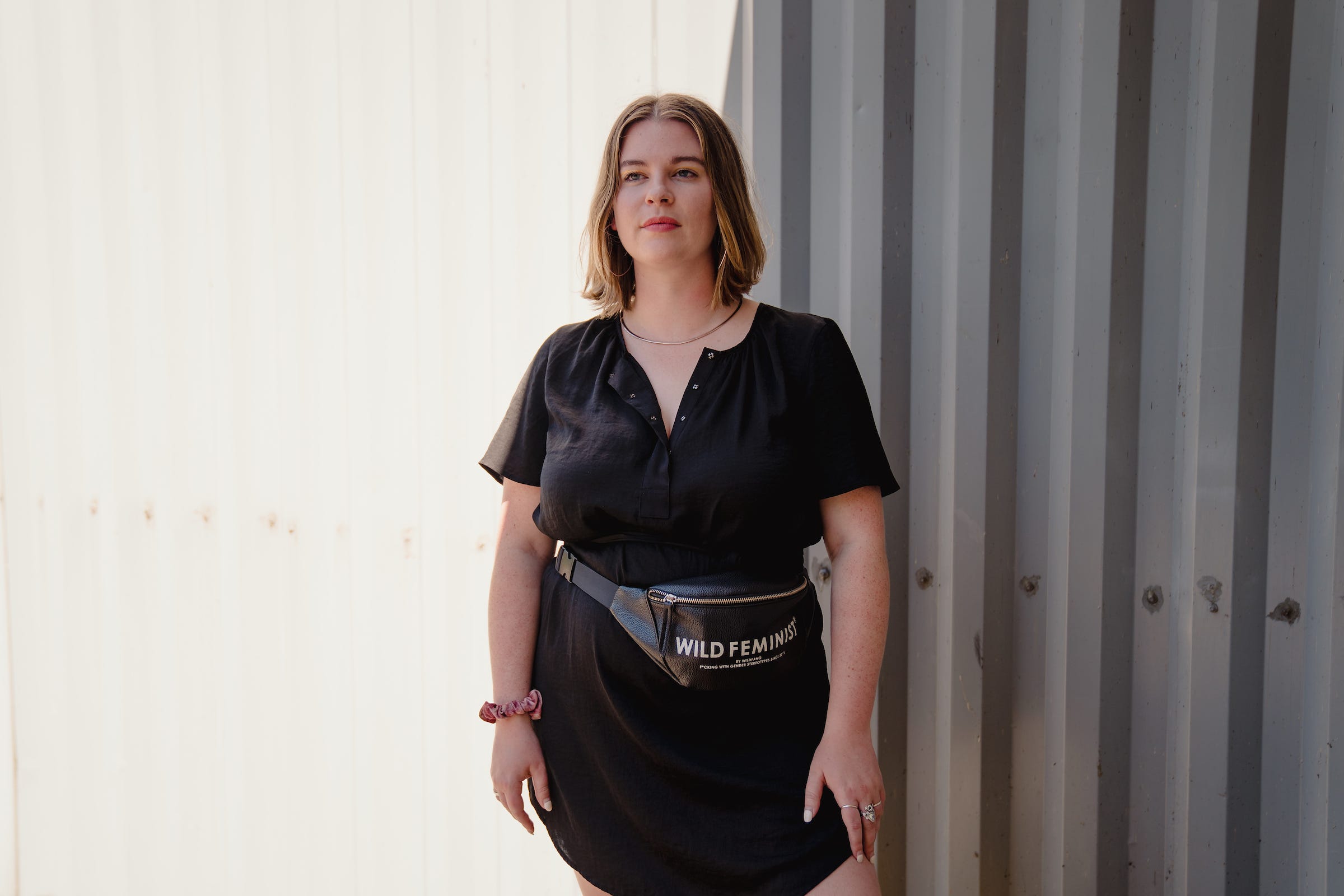
Jovelle Tamayo for Insider
Step 4: Start saving for big purchases like a home and college tuition
Finally, people should start saving for large, more expensive items. "No. 4 is what I call saving for the big stuff," she said. "So while you're saving for retirement and paying down your lower-interest debt, let's start saving for a house or the kids' college tuition."
The big stuff includes life goals outside an emergency fund and other payments that must be met.
In the same May episode of her podcast, Dunlap explained that people should open separate high-yield savings accounts to start this stage. For example, she said to set up a separate high-yield savings account to help accumulate a down payment for a house.
"And then maybe how you have another high-yield savings account for your wedding fund," she said. "You can have as many high-yield savings accounts as you want."
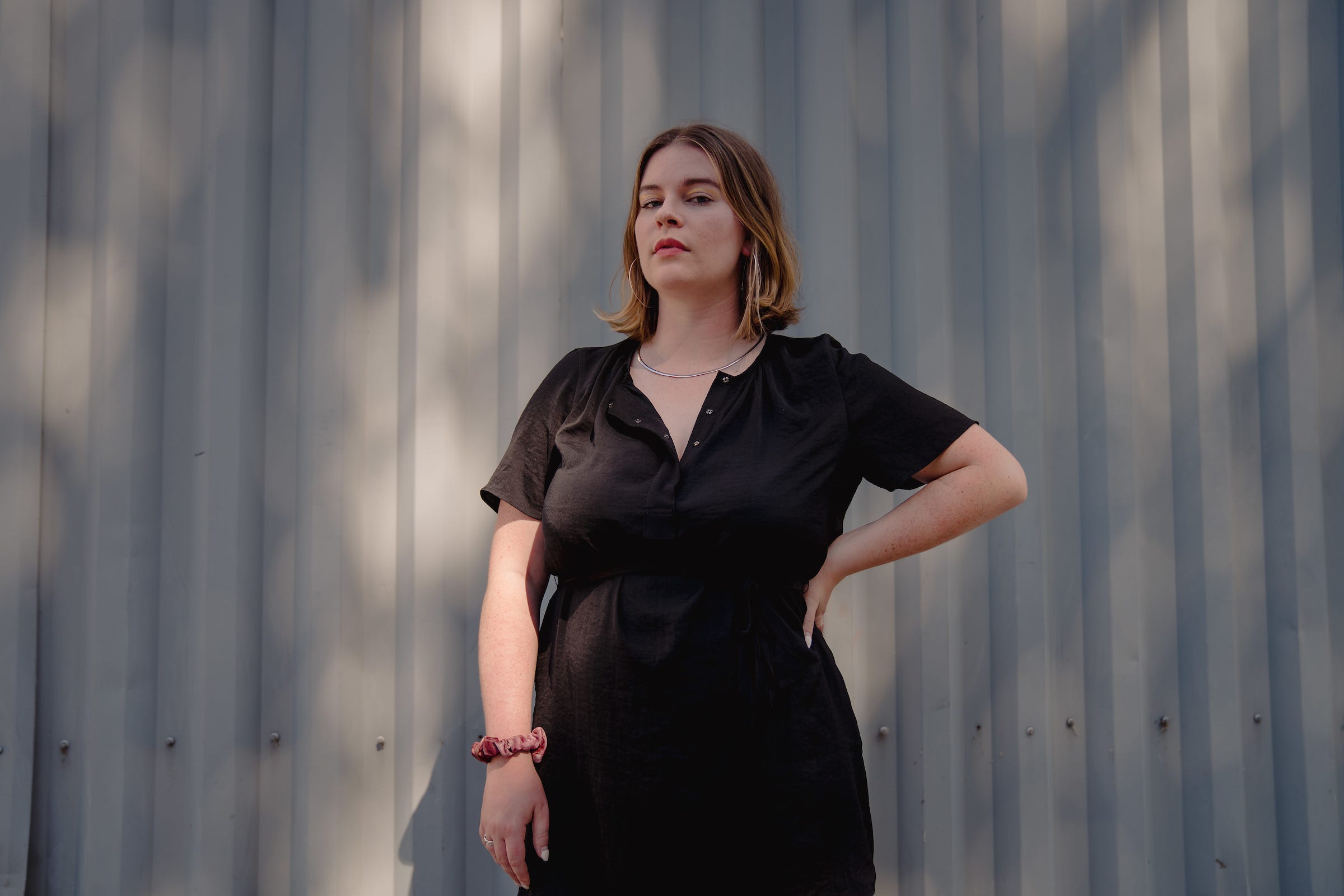
Jovelle Tamayo for Insider
Dunlap has had a tangible influence on women's finances and lives through 'Her First 100K'
After launching "Her First 100K" in 2019, she joked that her company would get messages every day from women. "Now we get messages probably every 15 to 30 minutes saying things, like, 'I was able to leave my abusive husband' or 'I was able to pay off my credit-card debt, so I don't feel burdened anymore.'"
Dunlap recognized that when women understand money, they have access to protection, equality, and freedom. She hopes "Her First 100K" can help make this a reality for more people. "When a woman has money, she has choices," she said. "She can leave a toxic situation, she can start a business, she can choose whether or not to have children, and so much more."
